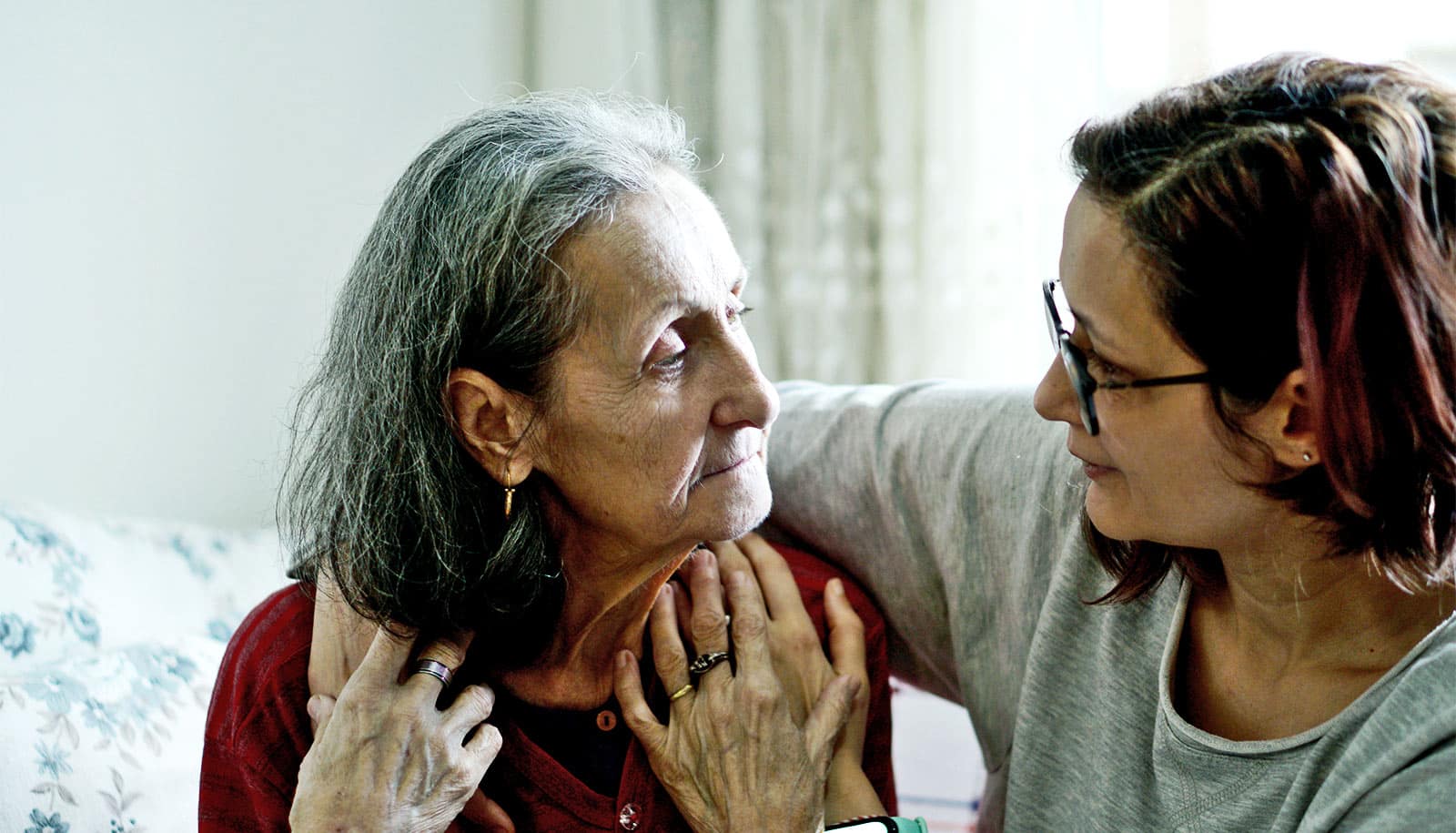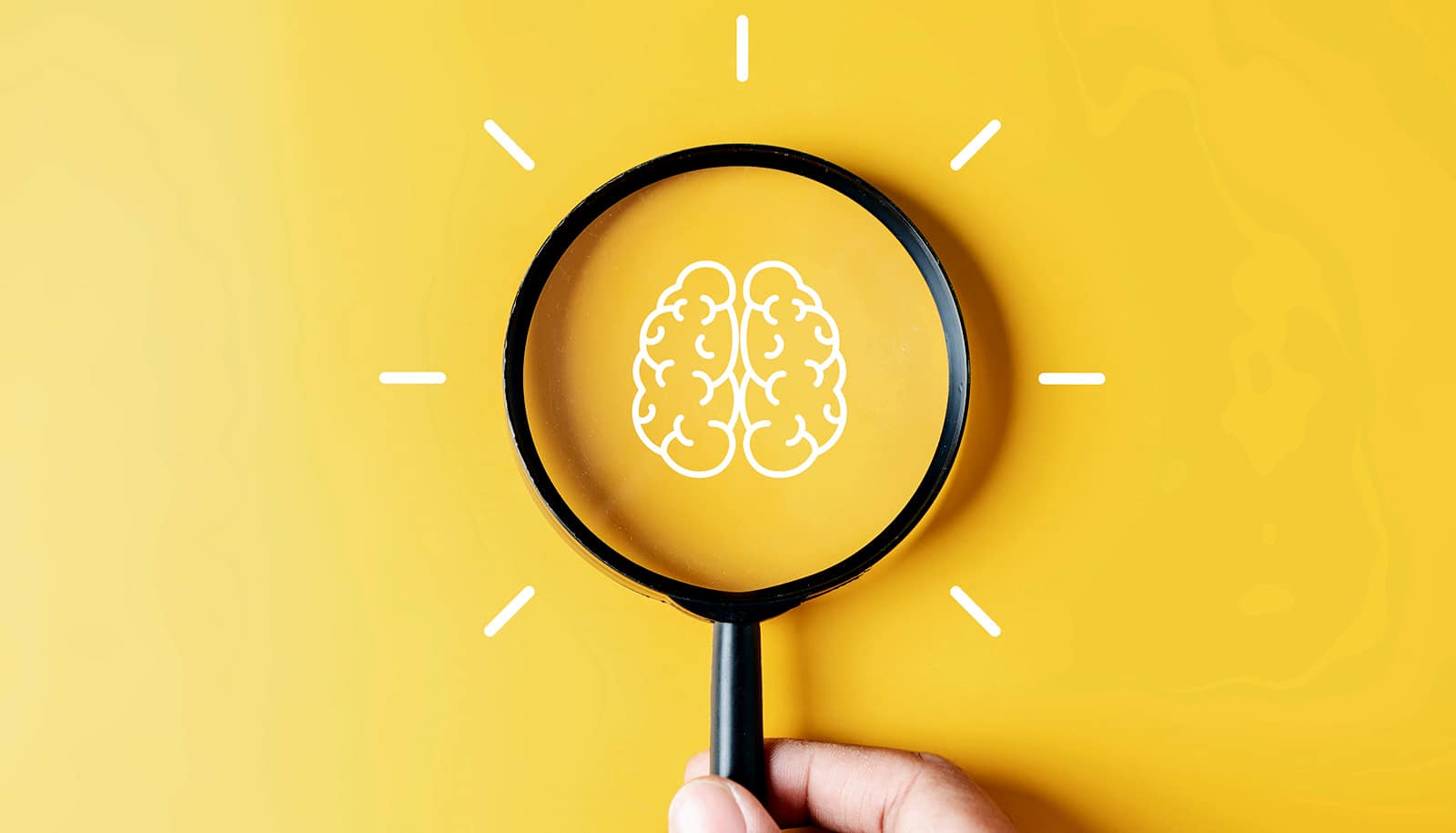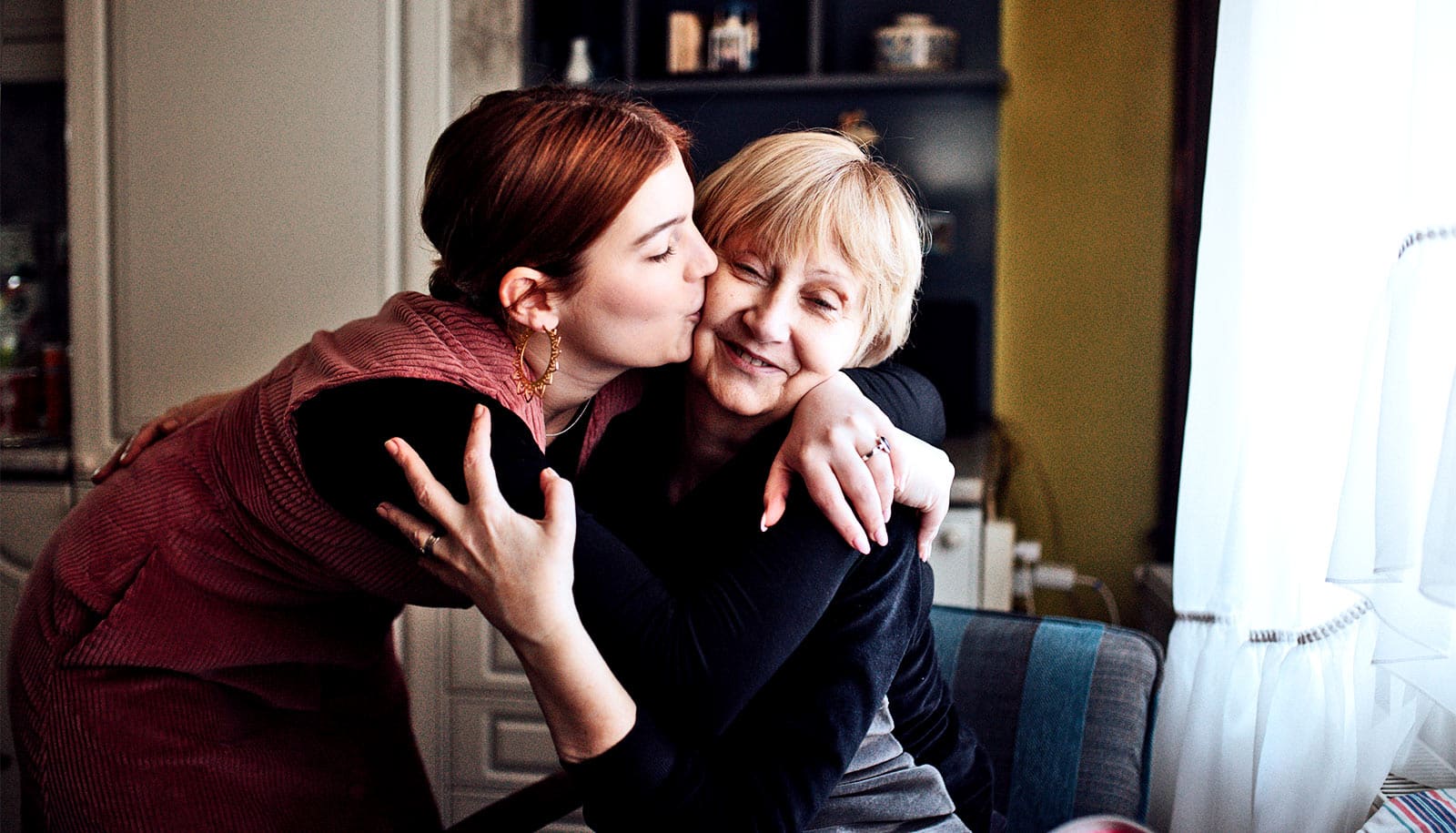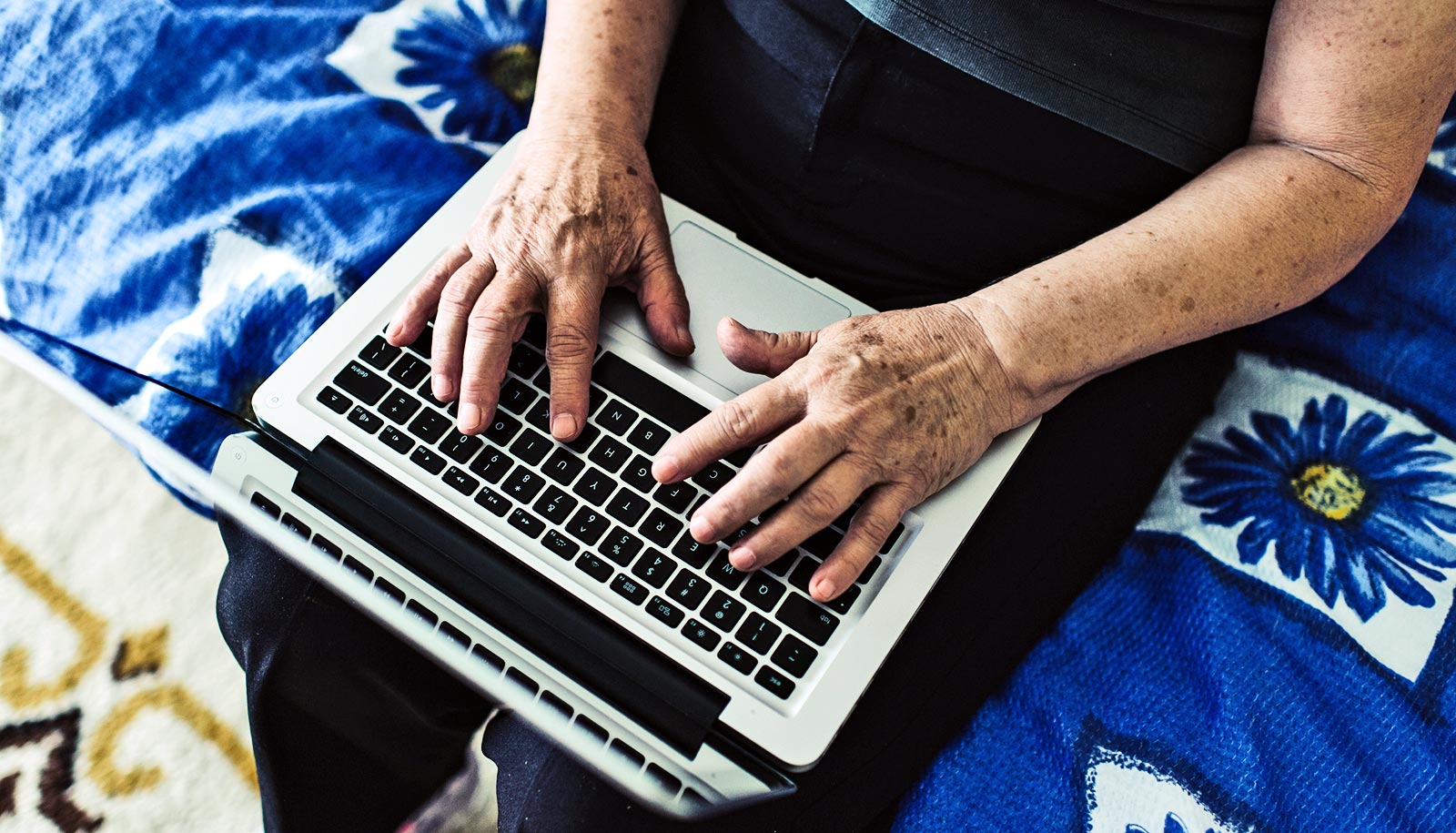A new artificial intelligence computer program, or model, shows promise in one day predicting if someone with mild cognitive impairment will develop the dementia associated with Alzheimer’s disease.
Trying to figure out whether someone has Alzheimer’s disease usually involves a battery of assessments—interviews, brain imaging, blood and cerebrospinal fluid tests.
But, by then, it’s probably already too late: memories have started slipping away, long established personality traits have begun subtly shifting. If caught early, new pioneering treatments can slow the disease’s remorseless progression, but there’s no surefire way to predict who will develop the dementia associated with Alzheimer’s.
The new model could help change that.
It can predict, with an accuracy rate of 78.5%, whether someone with mild cognitive impairment is likely to remain stable over the next six years—or fall into the dementia associated with Alzheimer’s disease.
While allowing clinicians to peer into the future and make earlier diagnoses, the researchers say their work could also help make cognitive impairment screening more accessible by automating parts of the process—no expensive lab tests, imaging exams, or even office visits required. The model is powered by machine learning, a subset of AI where computer scientists teach a program to independently analyze data.
“We wanted to predict what would happen in the next six years—and we found we can reasonably make that prediction with relatively good confidence and accuracy,” says Ioannis (Yannis) Paschalidis, director of the Rafik B. Hariri Institute for Computing and Computational Science & Engineering at Boston University. “It shows the power of AI.”
The study appears in Alzheimer’s & Dementia.
“We hope, as everyone does, that there will be more and more Alzheimer’s treatments made available,” says Paschalidis, a professor of engineering and founding member of the Faculty of Computing & Data Sciences. “If you can predict what will happen, you have more of an opportunity and time window to intervene with drugs, and at least try to maintain the stability of the condition and prevent the transition to more severe forms of dementia.”
Training AI to ‘see’ Alzheimer’s
To train and build their new model, the researchers turned to data from one of the nation’s oldest and longest-running studies—the BU-led Framingham Heart Study. Although the Framingham study is focused on cardiovascular health, participants showing signs of cognitive decline undergo regular neuropsychological tests and interviews, producing a wealth of longitudinal information on their cognitive well-being.
Paschalidis and his colleagues were given audio recordings of 166 initial interviews with people, between ages 63 and 97, diagnosed with mild cognitive impairment—76 who would remain stable for the next six years and 90 whose cognitive function would progressively decline.
They then used a combination of speech recognition tools—similar to the programs powering your smart speaker—and machine learning to train a model to spot connections between speech, demographics, diagnosis, and disease progression. After training it on a subset of the study population, they tested its predictive prowess on the rest of the participants.
“We combine the information we extract from the audio recordings with some very basic demographics—age, gender, and so on—and we get the final score,” says Paschalidis. “You can think of the score as the likelihood, the probability, that someone will remain stable or transition to dementia. It had significant predictive ability.”
Rather than using acoustic features of speech, like enunciation or speed, the model is just pulling from the content of the interview—the words spoken, how they’re structured. And Paschalidis says the information they put into the machine learning program is rough around the edges: the recordings, for example, are messy—low-quality and filled with background noise.
“It’s a very casual recording,” he says. “And still, with this dirty data, the model is able to make something out of it.”
That’s important, because the project was partly about testing AI’s ability to make the process of dementia diagnosis more efficient and automated, with little human involvement. In the future, the researchers say, models like theirs could be used to bring care to patients who aren’t near medical centers or to provide routine monitoring through interaction with an at-home app, drastically increasing the number of people who get screened.
According to Alzheimer’s Disease International, the majority of people with dementia worldwide never receive a formal diagnosis, leaving them shut off from treatment and care.
AI has the power to create “equal opportunity science and health care,” says coauthor Rhoda Au, professor of anatomy and neurobiology. The study builds on the same team’s previous work, where they found AI could accurately detect cognitive impairment using voice recordings.
“Technology can overcome the bias of work that can only be done by those with resources, or care that has relied on specialized expertise that is not available to everyone,” says Au. For her, one of the most exciting findings was “that a method for cognitive assessment that has the potential to be maximally inclusive—possibly independent of age, sex/gender, education, language, culture, income, geography—could serve as a potential screening tool for detecting and monitoring symptoms related to Alzheimer’s disease.”
Smartphone app diagnostics
In future research, Paschalidis would like to explore using data not just from formal clinician-patient interviews—with their scripted questions and predictable back-and-forth—but also from more natural, everyday conversations. He’s already looking ahead to a project on if AI can help diagnose dementia via a smartphone app, as well as expanding the current study beyond speech analysis—the Framingham tests also include patient drawings and data on daily life patterns—to boost the model’s predictive accuracy.
“Digital is the new blood,” says Au. “You can collect it, analyze it for what is known today, store it, and reanalyze it for whatever new emerges tomorrow.”
The National Science Foundation, the National Institutes of Health, and the BU Rajen Kilachand Fund for Integrated Life Science and Engineering funded the work.
Source: Boston University



